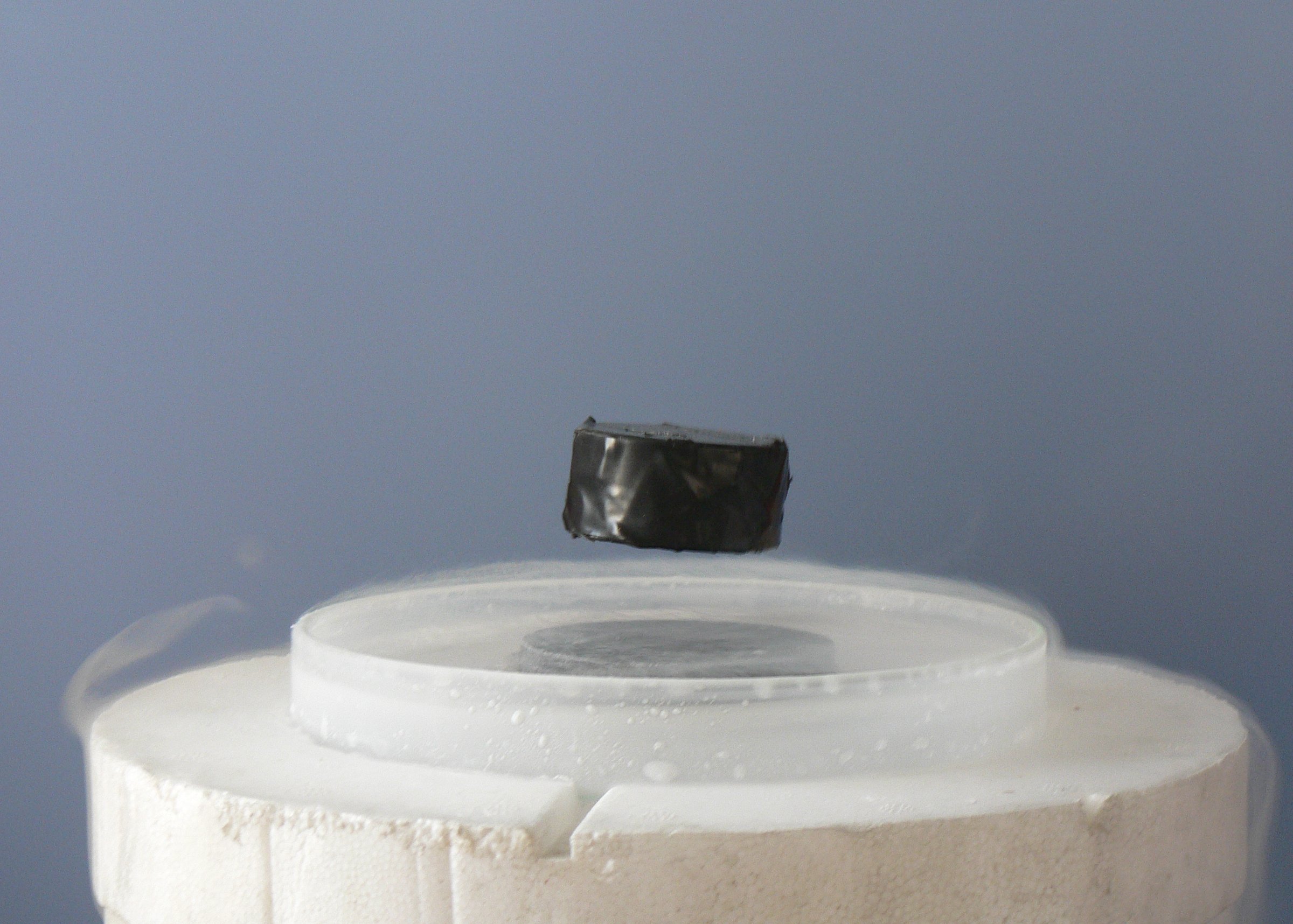Superconductivity
- Introduction to Superconductivity
- Theoretical Foundations
- Types of Superconductors
- Superconducting Materials
- Superconducting Phenomena
- Superconducting Devices
- Superconductivity and Quantum Computing
- Challenges in Superconductivity
- Future of Superconductivity
- Case Study: Superconductivity in Energy Sector
- Case Study: Superconductivity in Medical Field
- Case Study: Superconductivity in Transportation
Case Study: Superconductivity in Energy Sector
Superconducting Generators: A Deep Dive

Electrical conductivity with exactly zero resistance.
Superconducting generators are a revolutionary technology in the field of power generation. They offer significant advantages over conventional generators, including higher efficiency, smaller size, and lower weight. This article will provide a comprehensive overview of superconducting generators, their working principles, advantages, and real-world examples.
Introduction to Superconducting Generators
Superconducting generators utilize the unique properties of superconducting materials, which can carry electric current without any resistance. This characteristic allows for the creation of very high magnetic fields, which are essential for the operation of a generator.
Working Principle of Superconducting Generators
The working principle of a superconducting generator is similar to that of a conventional generator. It converts mechanical energy into electrical energy through electromagnetic induction. However, the key difference lies in the use of superconducting windings in the rotor, which produce a much stronger magnetic field than conventional materials. This results in a higher power output for the same size of the generator.
Advantages of Superconducting Generators
Superconducting generators offer several advantages over conventional generators:
-
Higher Efficiency: Due to the absence of electrical resistance in superconducting materials, these generators have virtually no energy losses. This results in a higher efficiency compared to conventional generators.
-
Smaller Size and Lower Weight: Superconducting generators can produce the same power output as conventional generators but in a much smaller size and weight. This is particularly beneficial in applications where space and weight are critical, such as in wind turbines or marine vessels.
-
Lower Noise and Vibration: Superconducting generators operate with less noise and vibration due to the absence of iron losses and the smooth rotation of the rotor.
Real-world Examples of Superconducting Generators
Several companies and research institutions are developing superconducting generators for various applications. For instance, GE has been working on a high-temperature superconducting generator for wind turbines, which is expected to significantly reduce the cost of wind power. Similarly, Siemens has developed a superconducting generator for marine applications, which offers a higher power density and lower weight compared to conventional generators.
In conclusion, superconducting generators represent a promising technology for the future of power generation. They offer significant advantages over conventional generators and have the potential to revolutionize various industries, from renewable energy to transportation. However, challenges remain in terms of material and manufacturing costs, as well as the need for cooling systems to maintain the superconducting state. Nevertheless, ongoing research and development efforts are expected to overcome these challenges and pave the way for the widespread adoption of superconducting generators.